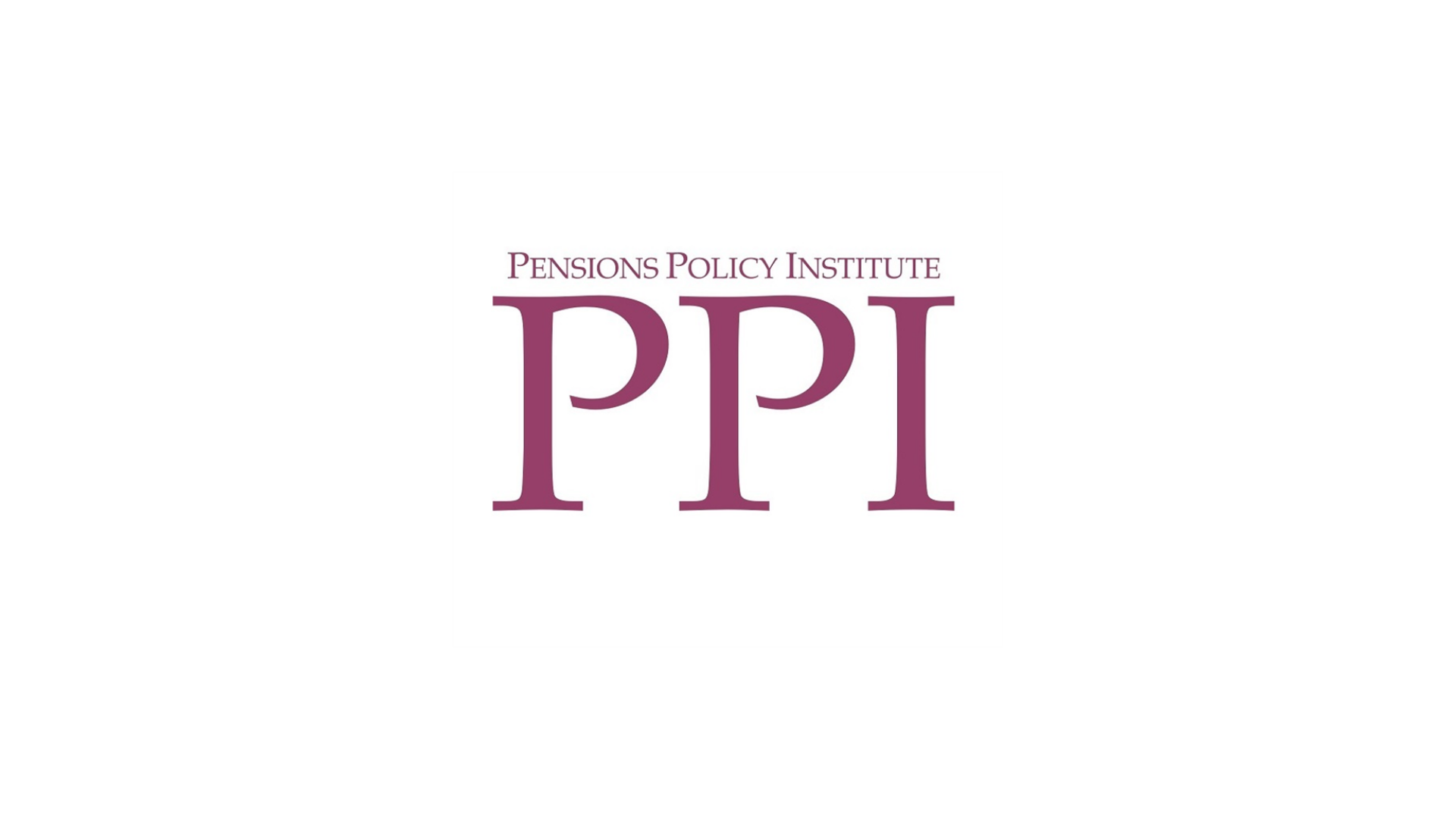
Delivering good member outcomes is not just about costs and charges, says new research by Pensions Policy Institute
An authoritative new report has found low charges and costs don’t necessarily guarantee good retirement outcomes for members
Pension Charging Structures and Beyond: An Outcomes-focused Analysis, undertaken by the Pensions Policy Institute (PPI) on behalf of workplace pensions innovator Smart Pension, found a lack of pension engagement, poor scheme governance and multiple small pots, could all have an equally detrimental effect on potential outcomes to those resulting from opaque charging structures and high transactional costs.
The report highlights that on the whole there are only small differences between different charging structures that meet the Government’s charge cap and points to the need to develop a common framework to allow individuals to have a better understanding of the value for money each scheme represents for them.
Darren Philp, Director of Policy and Communications at Smart Pension, said:
“As we all know, value for money goes way beyond just charges. Clear and transparent charges are absolutely essential. Without them how can people assess value for money? But we need to develop a common framework for assessing, and importantly, comparing value. There is inevitably an element of judgement in such assessment, which is where robust governance must come to the fore.
“Our ultimate aim at Smart is to closely align costs with charges to aid transparency so advisers, employers and members can assess what they are getting for their money. We have recently added a lower annual management charge and a variable fixed admin charge into our mix, with a mechanism to ensure member pots don’t deplete to zero. Given the importance of consolidation in achieving good outcomes, we are also actively trialling new innovations to help members consolidate their pots more easily.”
The main findings from the independent research include:
- A low charge does not guarantee good value
People approaching retirement with multiple pension pots are more likely to lose out compared to people who either have a single pot throughout their working lives or who consolidate their pension whenever they change employer. The amount they lose will depend on the nature of the charges they face across their different pension schemes.
- Charges do not necessarily reflect costs
The costs incurred in running a pension scheme are many and complex, and not all fall within the remit of the cap. Key among those that are exempt are transaction costs, which may be volatile and can be difficult to predict. This means that the composition and nature of charges is not always obvious, creating a transparency deficit.
- Value for money can be hard to define
Value for money will have different meanings for different participants at different times in pension schemes, with a range of factors having a direct impact on stakeholders.
- Transparency is important, but not necessarily a solution
Greater transparency in terms of default strategies and their costs and charges will allow for greater understanding of the charges levied by providers, but may not always produce data that members or employers can understand or use effectively.
The report was informed by desk research, PPI modelling, and interviews with industry, the Department for Work and Pensions and regulators.
Mark Baker, Senior Policy Researcher at the PPI said:
“Charging structures and levels do have an important role to play in determining savers’ retirement outcomes, but they should be understood alongside a number of other factors, such as contribution levels, investment strategies, the impact of accumulating multiple pots, the strength of governance oversight and member communications and experience.
“A charging structure that appears to offer a low charge for savers does not guarantee good value, as other factors, particularly investment performance, increased personal contributions and member engagement will affect outcomes.
“Automatic enrolment has two unique features that can work against savers achieving optimal outcomes. The first is that members do not have always influence over the scheme their employer elects to enrol them into, and the second is that they are likely to approach retirement with multiple pension pots accrued across different employers and schemes. Moving between different charging structures during accumulation will have an impact on retirement outcomes. There are potential approaches that can assist savers optimise the value of their pensions, such as retaining the same pension throughout their working lives or taking their pot with them when they move between employers.
“However, none of these strategies will guarantee better outcomes alone.”
Read the executive summary here.
ENDS
About the Pensions Policy Institute
The PPI is an independent educational research charity. It does not lobby for any particular solution and is not a think-tank taking politically-influenced views. The PPI is an educational research charity, which provides non-political, independent comment and analysis on policy on pensions and retirement income provision in the UK. Its aim is to improve the information and understanding about pensions policy and retirement income provision through research and analysis, discussion and publication. Further information on the PPI is available on our website www.pensionspolicyinstitute.org.uk.
About Smart Pension
Launched in 2015, Smart Pension exceeds £5bn in assets under management (AUM) and now serves over one million members and more than 70,000 employers. It is powered by Keystone, Smart’s global savings and investments technology platform.
Aquiline Capital Partners, Barclays, Chrysalis Investments, DWS Group, Fidelity International Strategic Ventures, J.P. Morgan, Legal & General Investment Management, Link Group and Natixis Investment Managers are all investors in Smart Pension.




